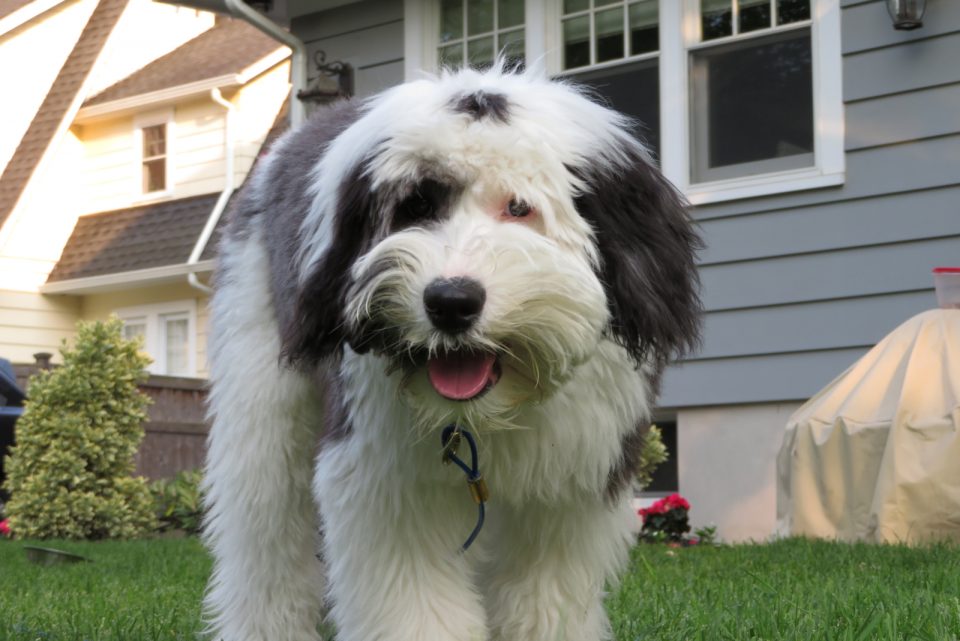


As such, it was expected to be a persistent and calm worker, staying in close contact with its handler and being responsive to commands. The Old English was developed primarily as a drover’s dog, used to drive cattle and sheep over considerable distances to market.

The two most likely progenitors of the breed, based on appearance and genetic studies, are the Bearded Collie and the little-known South Russian Ovcharka. Although the breed was refined and selected for its herding abilities in the Southwest of England since the early 19th century, it is uncertain from where the original breeding stock were sourced. The precise origins of the Old English are shrouded in mystery. Old English Sheepdogs tend to be quite healthy dogs, but because of their large size, have a relatively short life expectancy of 10–12 years. Historically, this has been one of the breeds in which illegal docking continued long beyond the implementation of the docking ban.

This does create extra work in this breed in order to maintain hygiene under the tail, but docking is a cruel procedure which no puppy should be forced to endure. When buying an Old English, please remember that tail-docking is thankfully now an illegal activity, and puppies should be presented with a full tail. They are reasonably easy to train, although they drool and shed quite heavily, which can be an issue for very house-proud owners. Unsurprisingly, the characteristic thick, shaggy coat requires a great deal of grooming, and coming from a working heritage, the breed requires regular exercise in order to contain their sometimes boisterous spirits. The Old English is now essentially a family dog, requiring close contact with his owners to really thrive. The breed came to prominence for many as ‘The Dulux Dog’, and makes a wonderful pet, being affectionate, playful, and full of fun. The Old English Sheepdog, historically known as the Bobtail, or Shepherd’s Dog, is a working breed developed in England in the last 200 years.


 0 kommentar(er)
0 kommentar(er)
